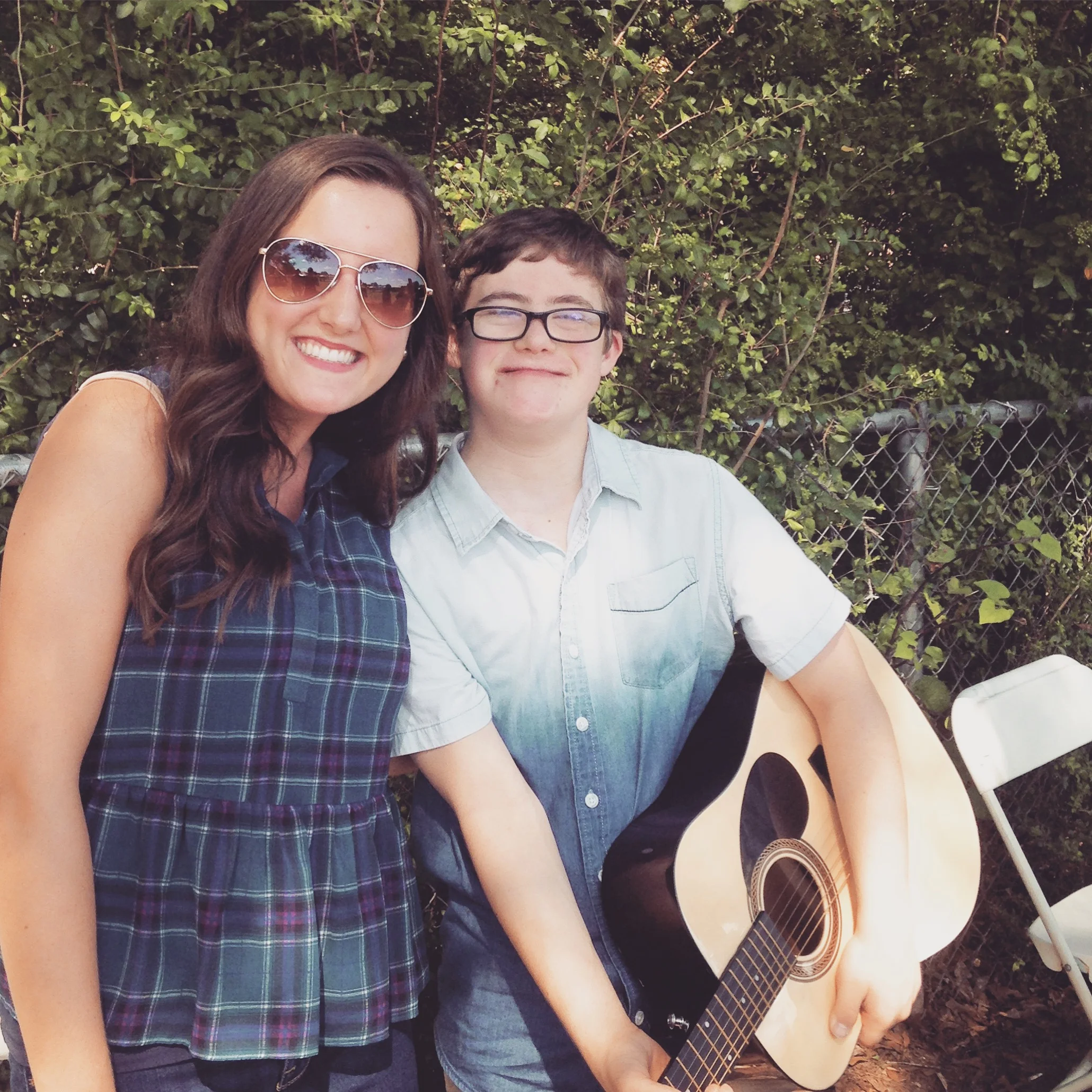It’s almost here!
March is Music Therapy Awareness month, and the Therabeat team couldn’t be more excited to spread music therapy advocacy and awareness with our community and beyond! We are so passionate about what we do, and we love MT awareness month because we get to set aside intentional time to share more about the field.
During the month of March we will be sharing music therapy research, information on what is going on at Therabeat, and some other fun surprises (stay tuned!). We will continue to share music therapy moments from our sessions so that you can see the growth and successes of our awesome kiddos!
What can you do to be a part of MT awareness?
Our goal is to share and spread correct and helpful information about music therapy with the general public. The more advocacy is spread, the more people know, receive, and benefit from music therapy. If you or a loved one has benefited from music therapy--help us share by:
● Re-sharing research articles
● Write a Facebook and Google review (write a google review by googling “Therabeat” or wherever you have received MT and give a review on the sidebar) and share how music therapy has benefited you or a family member
● Refer those in need of MT in your community. We work hard to search for grants and waivers so that all patients referred can have an opportunity for treatment!
What is Music Therapy?
This is the big question! There are many misconceptions about what music therapy is and what it isn’t. Check out this link from the American Music Therapy Association (AMTA) to help answer this question. As always, we are available and LOVE to answer questions about MT as well!
http://www.musictherapy.org/about/musictherapy/
Thank you all for helping to spread MT awareness--we are excited for the month of March!!
-Perry Wright LPMT, MT-BC











